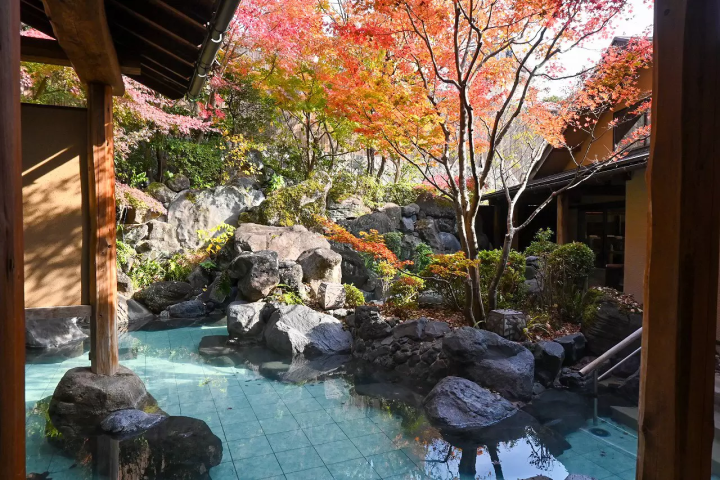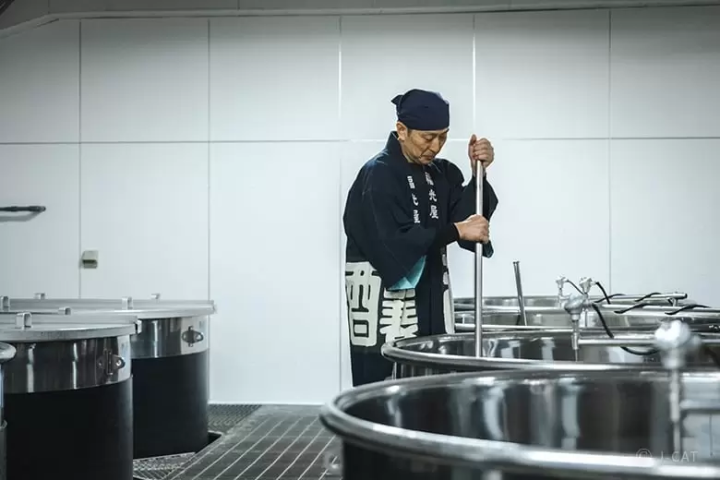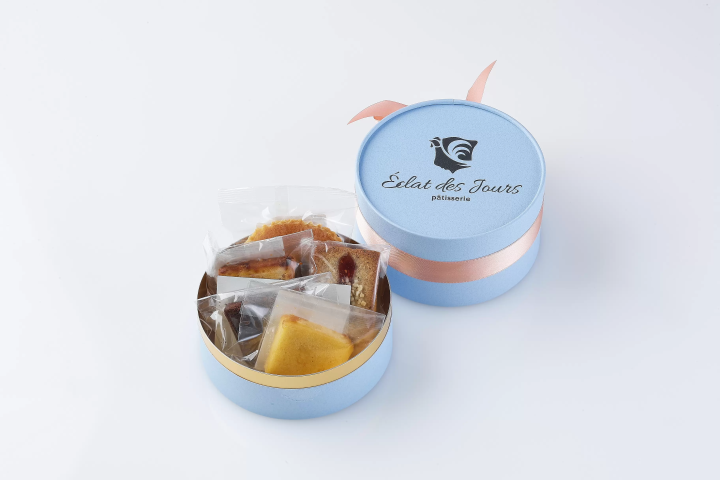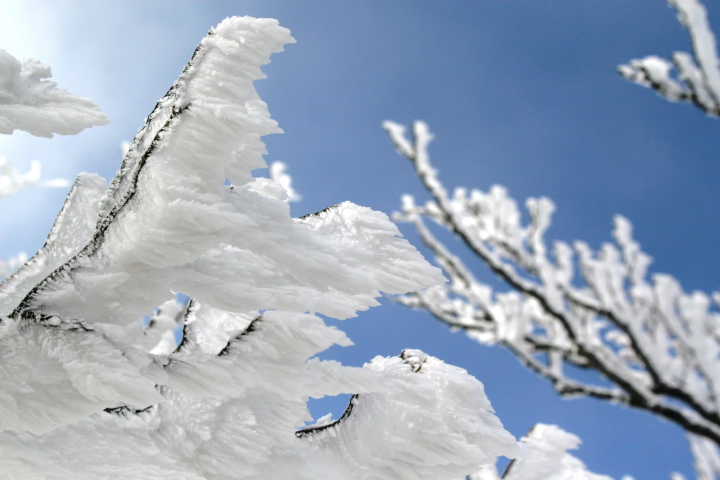Ginkenshibu: The Charms Of Japanese Traditional Arts
There are various classical performing arts such as kabuki and Noh in Japan. Shigin (reciting Chinese poems) and kenshibu (poetry recitation with dance) is one of these arts. Today we introduce the charms of shigin and kenshibu.
What do you think of when you hear "Japanese performing arts"? For many, kabuki, Noh, and rakugo are among the most well-known.
Though many people have heard of these arts, there are far fewer who are acquainted with the arts of Ginkenshibu. Even those who have heard of it before, may not be aware of the background, history or differences between these arts - in fact there are very few that can give a solid explanation of just what Ginkenshibu is.
In order to give this traditional performance art the international recognition that it deserves, we spoke with Gineiginbukinouryo's Ryuo Arai to learn about how to enjoy the charms of ginkenshibu.
What is Ginkenshibu? What is Gineiginbukinouryo?
Shigin is a performing art where classical Chinese poems or Japanese literature is melodically recited in rising and falling tones. Shigin is also known as ginei in Japanese.
Within the world of shigin, Mr. Arai is the head of Gineiginbukinouryo, one of the Schools of ginei and its related arts in Japan.
Gineiginbukinouryo is a school of note wherein the ginei (shigin) is accompanied by kenshibu, or dances involving Japanese swords or fans. It is because of this combination of ginei (shigin), and kenshibu, that the art is collectively referred to as Ginkenshibu.
Videos of Ginei and How to Enjoy This Art
Video from: Nippon Ginkenshibu Foundation website
Those trained to recite poetry must not only understand the contents of the poems, but must also try to reproduce the sentiments and scenes of the poems themselves through their recitations. Whether you as the listener can feel what the author of the poem was trying to express is the mark of a true professional's skill. It's thought that can most fully enjoy ginei when you understand the meaning and background of the poems being recited.
Kenshibu Videos and How to Enjoy This Art
Kenshibu is composed of kenbu, or sword dances, and shibu, or fan dances, both of which can be performed alongside ginei.
1. Kenshibu
Kenshibu are performances wherein Japanese swords or folding fans are used in elaborate dances accompanying ginei. They are characterized by movements based on old Japanese martial arts, focusing on actions such as how to extend a sword, how to cut with one, and on fighting stances.
Performers in this style must be able to impart the attitude of a samurai and the sense of Bushido, the samurai code of chivalry and conduct, to the viewer. The sight of these artistically expressed martial arts in concert with the deeply expressed poetry is especially fascinating.
2. Shibu
Shibu, on the other hand, exclusively uses fans in dances accompanying ginei. These elegantly executed dances alongside the recitations create distinct performances that leave quite the impression as well.
Video from: Nippon Ginkenshibu Foundation website
The Features of Gineiginbukinouryo
As mentioned earlier, Gineiginbukinouryo is one of the few schools that has passed down all three traditions of ginei, kenbu, and shibu of the over 1,000 schools found across Japan.
Therefore, there are not only recitations (ginei) but also dances involving both swords and fans in these performances, making them the ideal school for those who are seeing Ginkenshibu for the very first time.
Here, you can see some of Ryuo Arai's performances (starts at the 0:12 second mark).
Ryuo Arai's Past and Future
Currently, Mr. Arai is the third generation lead poet and dancer of the Gineiginbukinouryo , who is working to spread this traditional performing art across the world.
In the past, he have given lectures at Oxford University and has performed at schools across the UK, and from August of 2015, he spent a year living in Australia, performing and spreading awareness of his school Gineiginbukinouryo across the country.
The author was impressed by how strongly Mr. Arai felt about disseminating the traditional arts preserved by the founders of the school to the world as well. From his words and actions, it was very clear that Mr. Arai truly has a passion for this important cultural art.
And, it is his hope that Ginkenshibu become known, experienced and even studied by many people, and that eventually, there will be Gineiginbukinouryo schools established around the world to preserve this traditional art as well.
For those that are interested, please get in touch with Ryuo Arai through his Facebook or website.
Hello, I'm Keisuke. living Asakusa Tokyo Japan. Love triathlon(Ironman), traveling, reading, eating and my job. I really really like Japan but I think Japan should be more kindly to traveler. https://www.facebook.com/keisukeyamada84






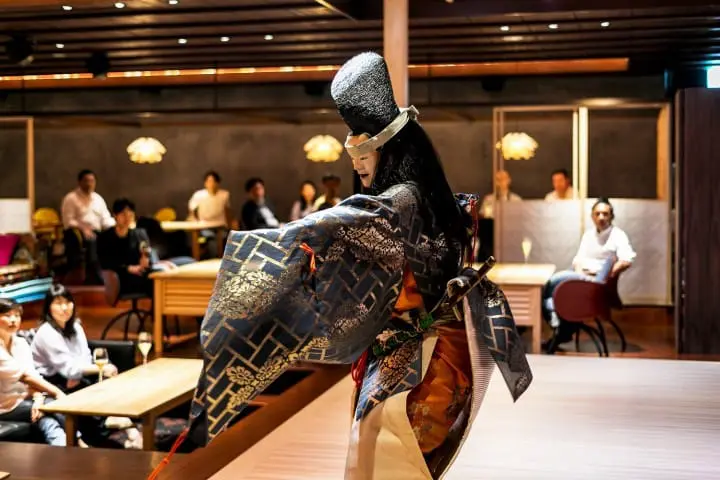


























![[For beginners and debutants] Special feature on recommended ski resorts and ski tours!](https://resources.matcha-jp.com/resize/720x2000/2025/12/26-254120.webp)
